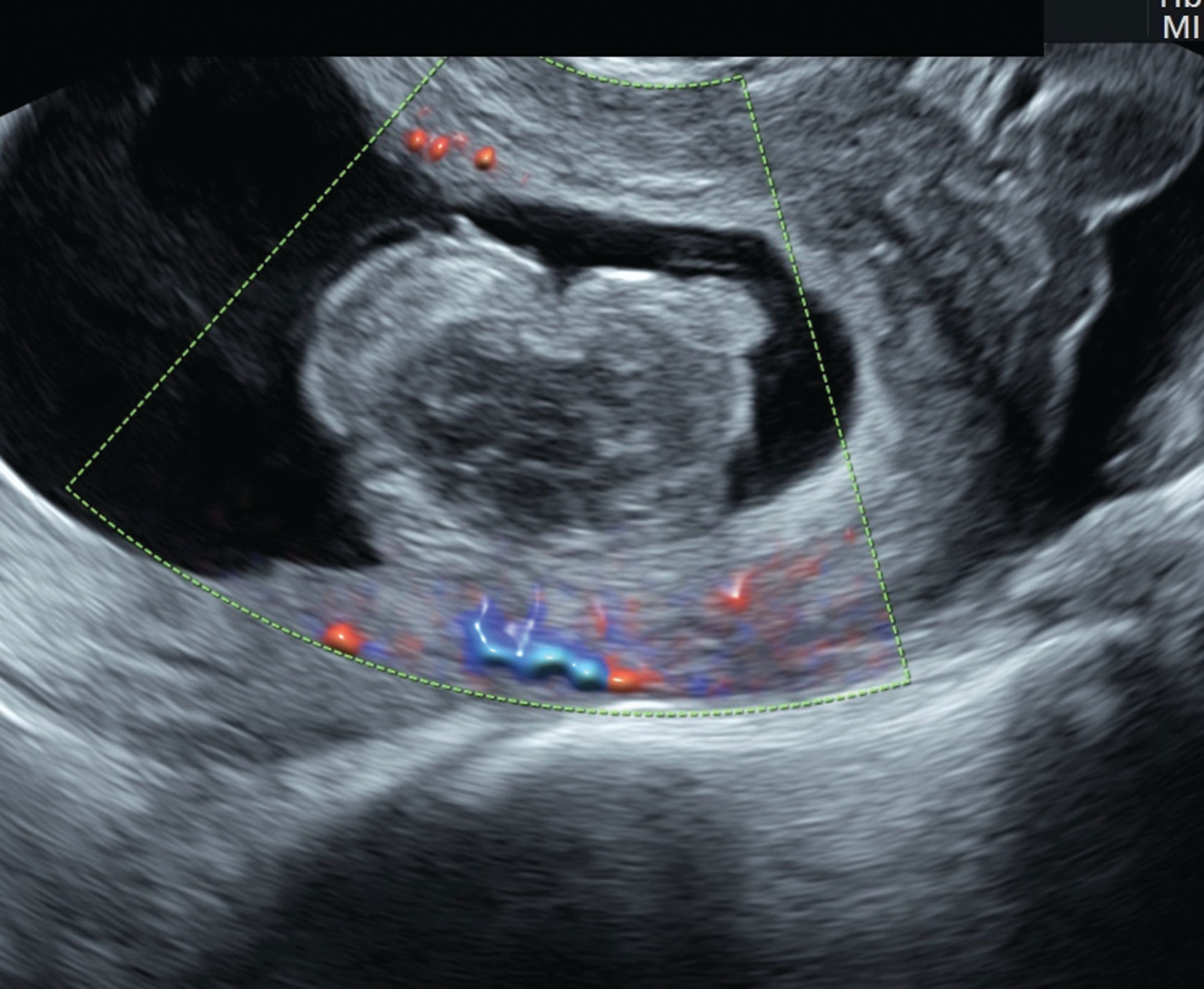Miscarriage: Signs, Symptoms & What To Expect | Baby Loss Insights
How common is miscarriage, really? The truth is, it's a surprisingly frequent experience, though often shrouded in silence and misunderstanding. This article delves into the realities of early pregnancy loss, offering clarity and support where it's so desperately needed.
The rates of early miscarriage are even higher when women are checking home pregnancy tests very close to the time of their period and are finding a positive test very early. Many women arent even aware they're pregnant and have a miscarriage at the time they normally expect their period. This phenomenon underscores the often invisible nature of early pregnancy loss, highlighting the need for greater awareness and empathy. It's a stark reality that underscores the prevalence of miscarriage. This is because many miscarriages happen early on, before people realize they're pregnant.
Miscarriage, defined as the spontaneous loss of a pregnancy before the 20th week, is a surprisingly common phenomenon. The term "miscarriage" might sound as if something was amiss in the carrying of the pregnancy. About 10% to 20% of known pregnancies end in miscarriage, but the actual number is likely higher. Most miscarriages are early miscarriages, with 80% of miscarriages occurring before week 12. Losses after this time occur less often. March of Dimes reports a miscarriage rate of only 1 to 5 percent in the second trimester. These early weeks mark the highest risk of miscarriage. Late miscarriages are much less common, occurring in 6 in 1,000 pregnancies, and happen between the end of the first trimester and week 20. Theyre also more likely to be caused by placenta or cervix problems, exposure to toxins, or the mothers health.
- Find Movies More Latest Updates Reviews Movierulz Streaming
- 2025 Telugu Movies Watch Trailers News More
It is important to recognize that vaginal bleeding during pregnancy is not always due to a miscarriage, but if you experience it, you should speak to your doctor or midwife without delay. Only doctors, with the help of an ultrasound scan, can assess your personal situation and make the difference between vaginal bleeding and a miscarriage.
Early miscarriage at 2 weeks after conception is when youd be considered 4 weeks pregnant. The difference is you might experience more cramping and bleeding than a normal period. Learn about the most common characteristics of miscarriage bleeding. If youre having a miscarriage you might notice cramping, followed by two to four hours of heavy bleeding. Youll likely see clots and may notice gray or white tissue. Most early miscarriages look like heavy menstrual periods. However, from 6 weeks, its likely larger clots will be visible. They can be quite firm and, depending on how many weeks gestation you are, there might be many of them. Miscarriages can look and feel like a period, although they can also feel more intense and bring heavier bleeding. You may pass a blood clot or several clots from your vagina, and there may be some white or grey tissue in the clots. The bleeding will settle down in a few days, although it can take up to 2 weeks. In the first month of pregnancy, the developing embryo is the size of a grain of rice, so it is very hard to see.
Early miscarriages are mostly blamed on chromosomal abnormalities in the embryo that result in the arrest of embryo growth. These are more common in women of advanced age (over 37 years).
- 2025 Movie Guide Watch Online Reviews More Movierulz Beyond
- Movierulz 2025 Latest South Indian Movies News Must Know
In one study, researchers found a miscarriage rate of 9.4 percent at 6 weeks of pregnancy, 4.2 percent at 7 weeks, 1.5 percent at 8 weeks, 0.5 percent at 9 weeks and 0.7 percent at 10 weeks.
Pictures of miscarriages at 6 weeks often depict small clots of tissue or embryonic material. These images can help individuals understand the physical process of miscarriage and what to expect. However, they should be viewed with care, as they may be distressing for some people.
Depending on how many weeks pregnant you are when you miscarry, you may see clots and tissue or the form of a small baby. On the picture one can see the products of miscarriage including intact gestation sack (on the top).
By chance alone, 1% to 4% of women will have two miscarriages in a row. However, it is very rare to have three or more miscarriages in a row, which is recurrent miscarriage. For example, a fetus at 14 weeks will be much larger than a fetus at 5 weeks of gestation, so there may be more bleeding and tissue loss with a later miscarriage.
The miscarriage photos below are about blood clots, pregnancy tissues and parts of placenta that were expelled from the womb. Be cautious before reaching a verdict.
Like my other miscarriages, no one even mentioned the word miscarriage even though i feel like they might have known.
This doesn't include situations in which you lose a fertilized egg before a pregnancy becomes established.
For the first time in history, we have managed to capture a 3d image of a human embryo at six weeks of pregnancy in the intimate confines of the amniotic membranes, embryologist and physician Bernadette de Bakker recently told NRC, a Dutch newspaper. The embryo was retrieved from the fallopian tube of a woman with an ectopic pregnancy.
Learn the signs and causes of miscarriage, find out what to do if you might be having a miscarriage, and get support for coping after early pregnancy loss.
Early miscarriage symptoms 2 weeks.
Article Recommendations
- Telugu Movies Movierulz Updates Latest News Streaming Info
- Where To Watch Alternatives Your Guide To Vega Vegamoviesist



Detail Author:
- Name : Diego Little Sr.
- Username : igrant
- Email : swift.elwyn@considine.com
- Birthdate : 1976-01-26
- Address : 6002 Ebert Centers Goyettetown, NC 67432-3340
- Phone : 408-500-6549
- Company : Batz PLC
- Job : Dentist
- Bio : Molestiae error tempora ex qui et quo. Voluptatem quidem nesciunt ut aut eos. Doloribus aut voluptatem temporibus commodi fugit perspiciatis est quia. Occaecati hic quod praesentium eum a eveniet.
Socials
tiktok:
- url : https://tiktok.com/@carrollh
- username : carrollh
- bio : Quibusdam voluptatem odio quae unde qui optio.
- followers : 282
- following : 2900
twitter:
- url : https://twitter.com/carrollh
- username : carrollh
- bio : Sit eos quidem est iure ipsum numquam voluptatem. Minus qui tempora impedit non a quam. Fugiat rerum nemo tempore. Enim et quidem velit necessitatibus.
- followers : 6122
- following : 776